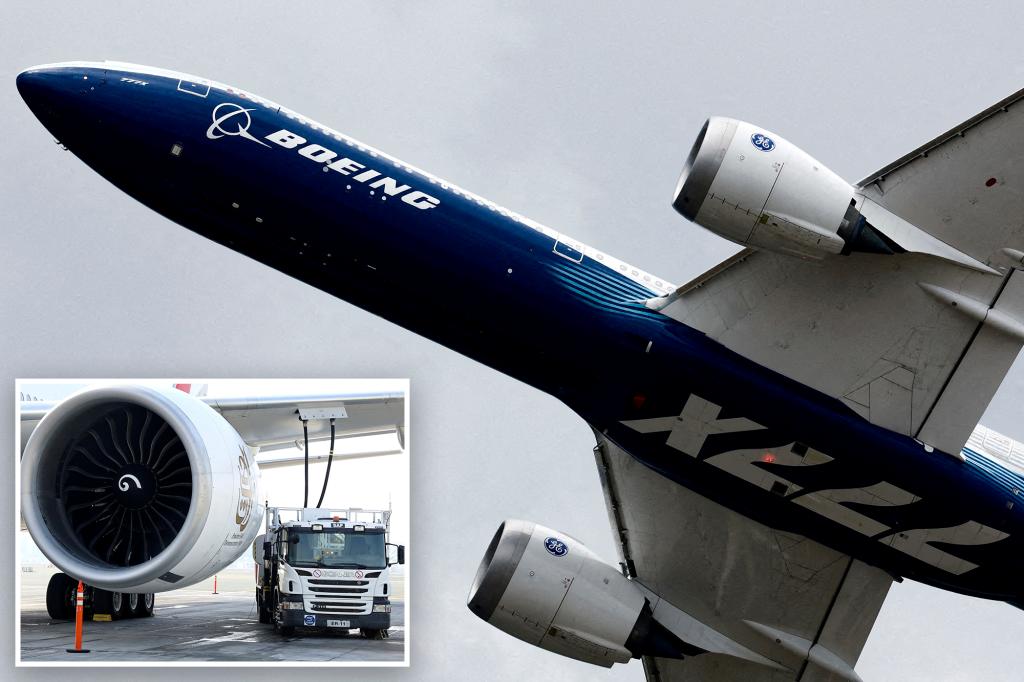The Federal Aviation Administration discovered a potentially disastrous flaw in a fleet of Boeing 777 aircraft, indicating that poor electrical insulation near the fuel tank could result in an ignition source and subsequent fire or explosion. This fault would affect nearly 300 planes across the US, including American and United Airlines. Despite this vulnerability, the FAA is not required to address the issue, estimating a cost of $14 million for repairs. The proposed solution involves a new inspection regime, installing Teflon sleeves and cap fasteners to certain parts of the fuel tanks after a 90-hour evaluation process.
The suggested repairs follow a directive from the FAA in 2017, aimed at preventing arcing inside the fuel tanks in case of a fault current or lightning strike, which could lead to a fuel tank explosion. Boeing was ordered by the FAA to respond by May 9 and would have up to 60 months to make the repairs if the proposal is adopted. The company expressed support for the FAA’s recommendation to make the guidance mandatory. This issue adds to the recent scrutiny Boeing has faced, including quality control problems discovered during an audit after a door plug blew out during an Alaska Airlines flight in January.
The Boeing 777, a common aircraft model used globally, is under increased public scrutiny after a Singapore Airlines flight experienced a significant drop in altitude, injuring dozens and resulting in the death of a passenger. The proposed rule by the FAA aims to address the vulnerability near the fuel tank to prevent potential fires and explosions. Despite the potential risks, the federal regulator is not mandated to rectify the issue, presenting a significant financial and operational challenge for Boeing and affiliated airlines. The proposed solution involves an intensive evaluation process followed by specific repairs to the center, left, and right main fuel tanks.
Boeing’s ongoing challenges related to various issues on its aircraft have raised concerns about the overall safety and quality of its planes. The FAA’s heightened scrutiny of the company and its suppliers, such as Spirit AeroSystems, indicates a need for improved quality control measures and adherence to safety regulations. The public attention on Boeing’s aircraft safety and maintenance practices underscores the importance of effective oversight by regulatory agencies and the necessity of proactive measures to address potential risks and vulnerabilities. The proposed rule for addressing the electrical insulation issue near the fuel tank on Boeing 777 aircraft signals a step towards mitigating the risk of fires and explosions, but also highlights the complexities and costs associated with ensuring aircraft safety and compliance.


